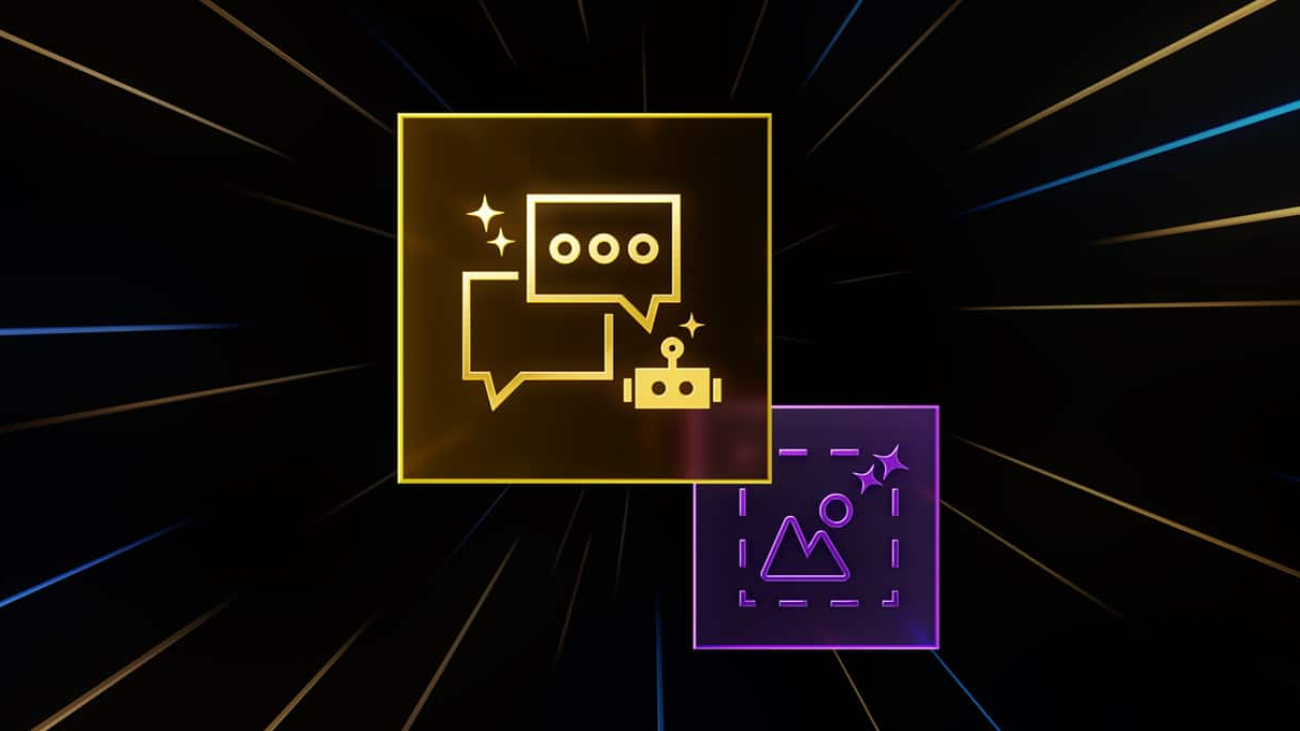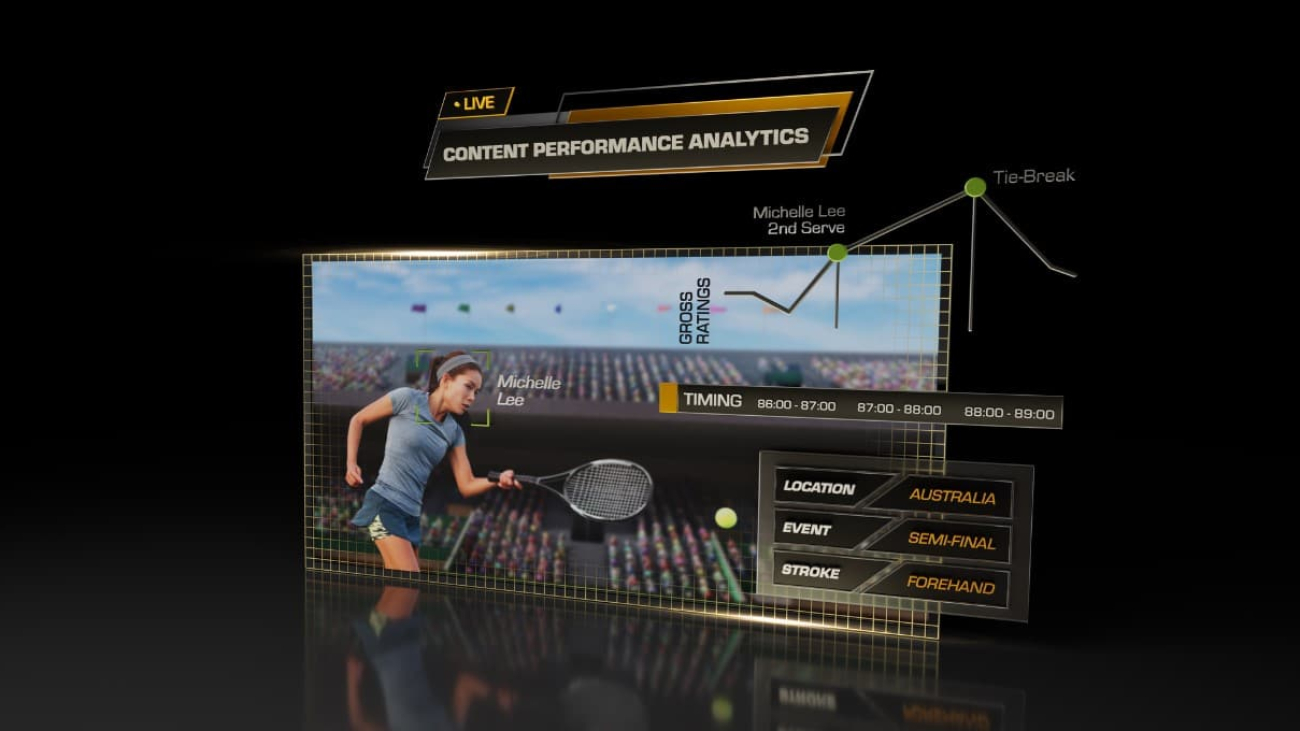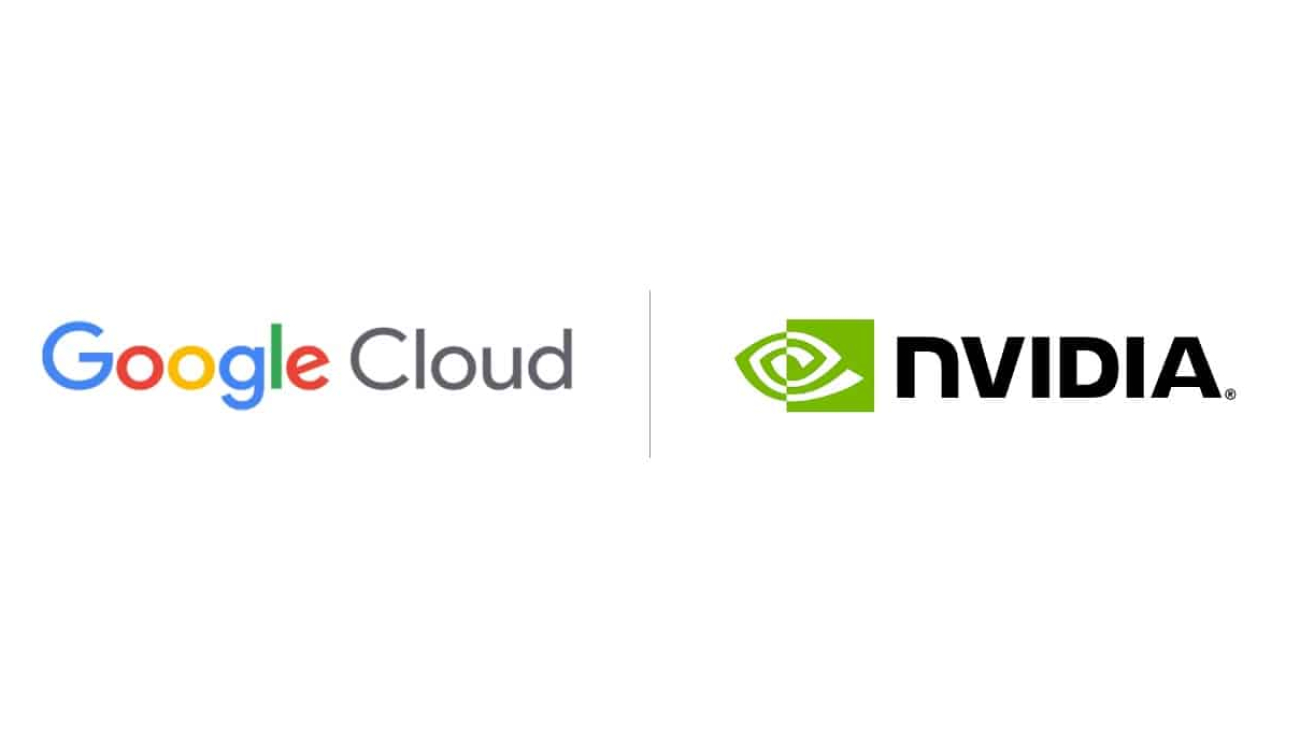AI integration across design and productivity applications is becoming the new standard, fueling demand for advanced computing performance. This means professionals and creatives will need to tap into increased compute power, regardless of the scale, complexity or scope of their projects.
To meet this growing need, NVIDIA is expanding its RTX professional graphics offerings with two new NVIDIA Ampere architecture-based GPUs for desktops: the NVIDIA RTX A400 and NVIDIA RTX A1000.
They expand access to AI and ray-tracing technology, equipping professionals with the tools they need to transform their daily workflows.
A New Era of Creativity, Performance and Efficiency
The RTX A400 GPU introduces accelerated ray tracing and AI to the RTX 400 series GPUs. With 24 Tensor Cores for AI processing, it surpasses traditional CPU-based solutions, enabling professionals to run cutting-edge AI applications, such as intelligent chatbots and copilots, directly on their desktops.
The GPU delivers real-time ray tracing so creators can build vivid, physically accurate 3D renders that push the boundaries of creativity and realism.
The A400 also includes four display outputs, a first for its series. This makes it ideal for high-density display environments, which are critical for industries like financial services, command and control, retail, and transportation.
The NVIDIA RTX A1000 GPU brings Tensor Cores and RT Cores to the RTX 1000 series GPUs for the first time, unlocking accelerated AI and ray-tracing performance for creatives and professionals.
With 72 Tensor Cores, the A1000 offers a tremendous upgrade over the previous generation, delivering over 3x faster generative AI processing for tools like Stable Diffusion. In addition, its 18 RT Cores speed graphics and rendering tasks by up to 3x, accelerating professional workflows such as 2D and 3D computer-aided design (CAD), product and architectural design, and 4K video editing.
The A1000 also excels in video processing, handling up to 38% more encode streams and offering 2x faster decode performance over the previous generation.
With a sleek, single-slot design and consuming just 50W, the A400 and A1000 GPUs bring impressive features to compact, energy-efficient workstations.
Expanding the Reach of RTX
These new GPUs empower users with cutting-edge AI, graphics and compute capabilities to boost productivity and unlock creative possibilities. Advanced workflows involving ray-traced renders and AI are now within reach, allowing professionals to push the boundaries of their work and achieve stunning levels of realism.
Industrial planners can use these new powerful and energy-efficient computing solutions for edge deployments. Creators can boost editing and rendering speeds to produce richer visual content. Architects and engineers can seamlessly transition ideas from 3D CAD concepts into tangible designs. Teams working in smart spaces can use the GPUs for real-time data processing, AI-enhanced security and digital signage management in space-constrained settings. And healthcare professionals can achieve quicker, more precise medical imaging analyses.
Financial professionals have always used expansive, high-resolution visual workspaces for more effective trading, analysis and data management. With the RTX A400 GPU supporting up to four 4K displays natively, financial services users can now achieve a high display density with fewer GPUs, streamlining their setups and reducing costs.
Next-Generation Features and Accelerated Performance
The NVIDIA RTX A400 and A1000 GPUs are equipped with features designed to supercharge everyday workflows, including:
- Second-generation RT Cores: Real-time ray tracing, photorealistic, physically based rendering and visualization for all professional workflows, including architectural drafting, 3D design and content creation, where accurate lighting and shadow simulations can greatly enhance the quality of work.
- Third-generation Tensor Cores: Accelerates AI-augmented tools and applications such as generative AI, image rendering denoising and deep learning super sampling to improve image generation speed and quality.
- Ampere architecture-based CUDA cores: Up to 2x the single-precision floating point throughput of the previous generation for significant speedups in graphics and compute workloads.
- 4GB or 8GB of GPU memory: 4GB of GPU memory with the A400 GPU and 8GB with the A1000 GPU accommodate a range of professional needs, from basic graphic design and photo editing to more demanding 3D modeling with textures or high-resolution editing and data analyses. The GPUs also feature increased memory bandwidth over the previous generation for quicker data processing and smoother handling of larger datasets and scenes.
- Encode and decode engines: With seventh-generation encode (NVENC) and fifth-generation decode (NVDEC) engines, the GPUs offer efficient video processing to support high-resolution video editing, streaming and playback with ultra-low latency. Inclusion of AV1 decode enables higher efficiency and smoother playback of more video formats.
Availability
The NVIDIA RTX A1000 GPU is now available through global distribution partners such as PNY and Ryoyo Electric. The RTX A400 GPU is expected to be available from channel partners starting in May, with anticipated availability from manufacturers in the summer.

















 NVIDIA GeForce NOW (@NVIDIAGFN)
NVIDIA GeForce NOW (@NVIDIAGFN) 







